Southcoast Wonders: How did the Midwest end up in a Fall River neighborhood?
There are hundreds of streets in Fall River, from Abbott Place to York Street, and at some point someone gave each one of them a name. But where do the names come from?
Some streets have descriptive names that seem obvious, with the Main streets being pretty self-explanatory, while others make less sense — New Street has been around at least 120 years.
A reader who lives in the South End wrote to SouthCoast Wonders with this question: “Streets that run off of Jefferson Street include Denver, Detroit, Chicago, Duluth, and Omaha. I wonder why these streets are all named after cities in the Midwest.”
Let's figure this out.
Petition asks to rename downtown street: Third won't be named for WWI veteran, but Fall River could see 'grand' memorial
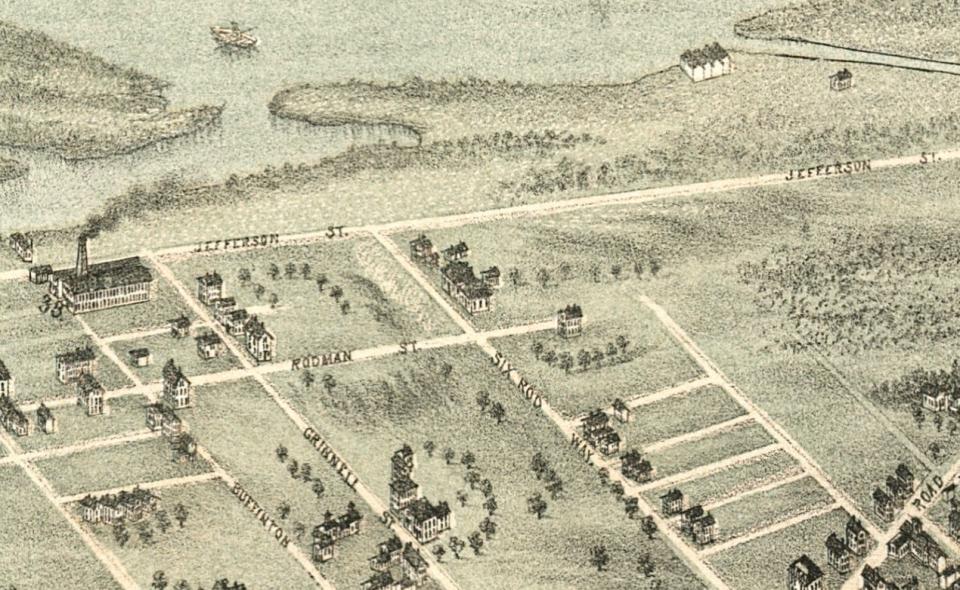
Where Fall River's Maplewood neighborhood came from
Those streets all run parallel in Maplewood, except Omaha, which splits off Detroit and leads to the Stevens Complex, once a group of mills that produced textiles and linens. It’s a residential neighborhood with mostly single-family homes, quiet and quaint. Though the homes look new, this area dates back more than 100 years, to just before the turn of the 20th century.
People may know that Fall River had a boom period starting in the late 1800s, but may not fully grasp how explosive the boom was. In 1860, Fall River’s population was about 14,000 people, less than Westport today. In 10 years, that nearly doubled to 27,000. After another decade, Fall River nearly doubled again to 49,000. After another, 75,000 people. By 1900, the city was at 105,000 — in only four decades, Fall River’s population had skyrocketed almost 750%.
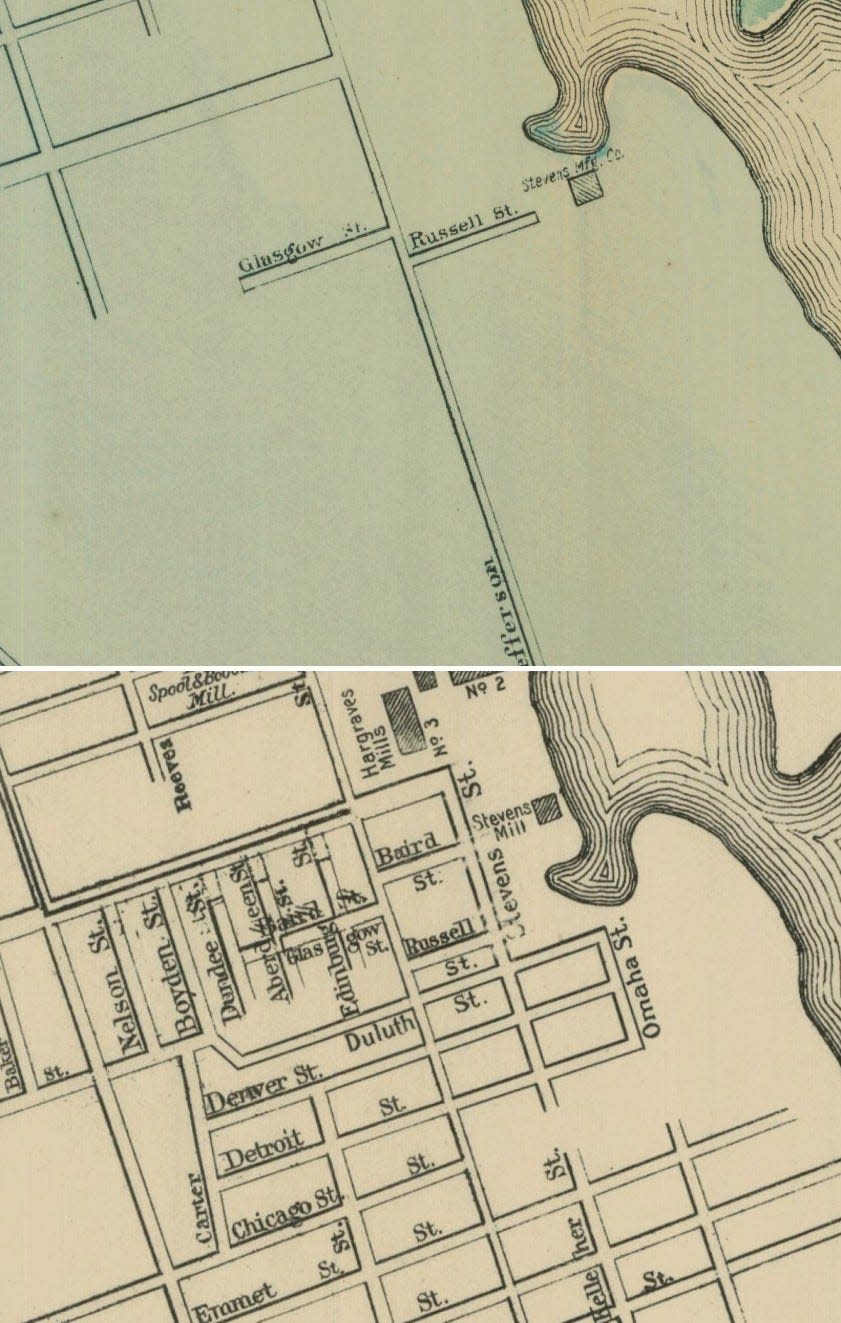
All those people had to fit somewhere. Look at a map of Maplewood from 1877: much of that area is empty, once farmland owned by Benjamin Manchester. Only a few roads led through it, among them Six Rod Way, which we know as Brayton Avenue, and Rodman and Jefferson streets.
The city needed to grow to accommodate a swiftly increasing population, and by 1896, that area was gridded with roads. Among them were the Midwestern streets. The Fall River city directory of 1898 is the first to list Chicago, Detroit and Denver streets; Duluth and Omaha followed a few years later, first listed in the 1904 directory.
Still, though streets were built, few people actually lived on them. When it came to filling those streets with landowners, real estate developer Adelard Renaud did the job. He managed the Bogle Hill Land Co., and in September 1904 bought significant acreage of the Manchester farm, described by the Daily Evening News at the time as “one of the most valuable pieces of property in that neighborhood.”
Southcoast Wonders: Was Fall River really the site of a Revolutionary War battle?
Renaud needed to clear the largely untamed land, and thought of a cheap solution: convince people to do it for him for free. He posted a sign on his land “inviting everyone to help themselves to the growing wood,” the Daily News reported. Who wouldn't want free firewood?
“The appearance of the place indicates that few are availing themselves of the privilege,” the story added.
Renaud advertised lots in this neighborhood for sale “at low prices” of about $8 a rod. For a sense of how much farther your dollar stretched back then, Renaud sold a lot in 1905 on Duluth Street, 24 rods of land, 0.15 acres. At $8 a rod, that's $192 — a typical size house lot in that neighborhood even today, for less than $7,000 in today’s money.
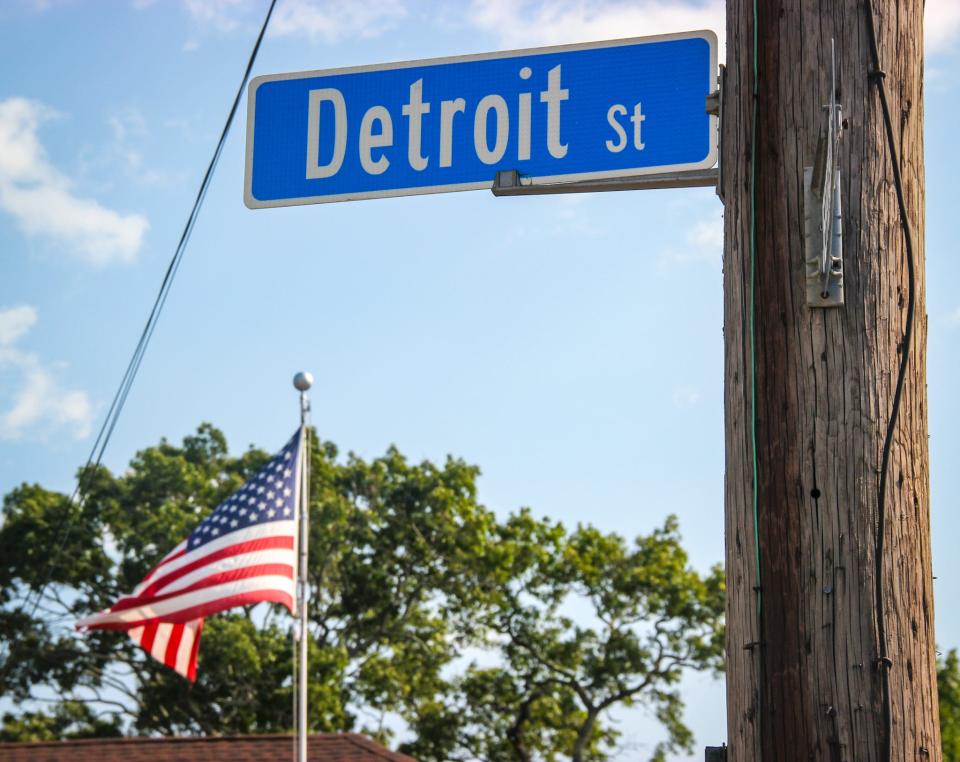
How did the Midwest end up in Fall River's Maplewood neighborhood?
But why Midwestern city names?
The short answer: Nobody knows!
According to City Council Clerk of Committees Lauren Valcourt, those streets were built, named and being used well before the city officially accepted them. It was listed in directories as early as 1898, but Chicago Street wasn’t a city-owned street until 1906. Detroit wasn’t an official street until 1924, and Denver didn’t become fully accepted until 1940. Duluth was only accepted in 1963. Omaha Street isn’t an accepted street now, and has never been.
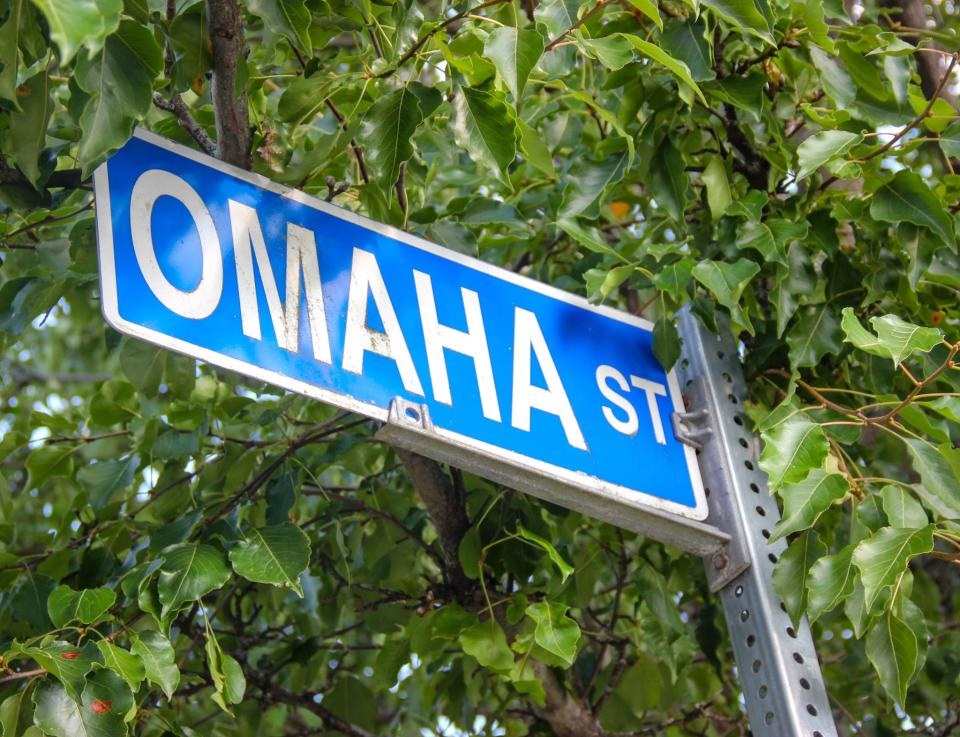
The city keeps records from when it accepted the streets, but those records don’t include discussion of their names — just important stuff like proper grading. If a record was ever kept of whoever first named them and why he thought this was a good idea, it’s likely lost to history.
"Since these streets were being used prior to any official acceptance or documentation, the origin of their names are challenging to identify,” Valcourt said.
Lawn shrines: Why do Fall River area homes have Virgin Mary statues in bathtubs?
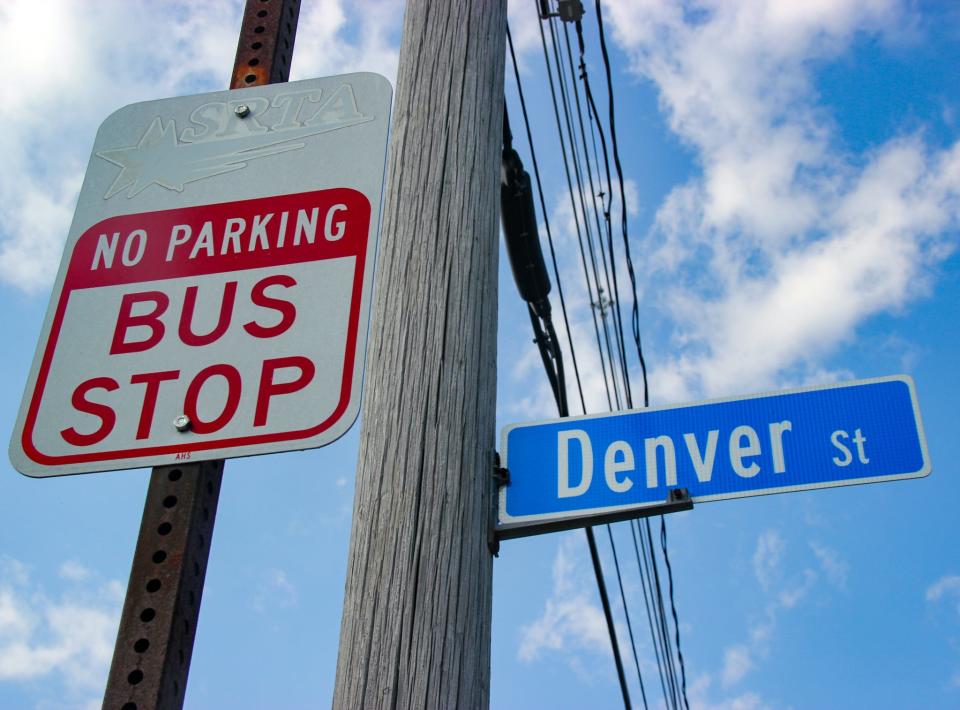
It’s worth noting that when neighborhood development happens, streets are sometimes themed:
Several Maplewood streets have Scottish names: Aberdeen, Glasgow, Dundee, Baird all still exist, and there was once an Edinburgh Street too
In the Globe, you’ll find King and Queen streets side by side, though Prince is farther south
Off Rodman, a few are named for Massachusetts cities: Salem, Holyoke, Lawrence and Lowell
In the Lower Highlands and Bank Street area, there are the tree streets: Pine, Cherry, Locust, Walnut, Maple, Cedar, Oak, Linden and Grove
Why themes? Maybe it helps give a neighborhood some unity.
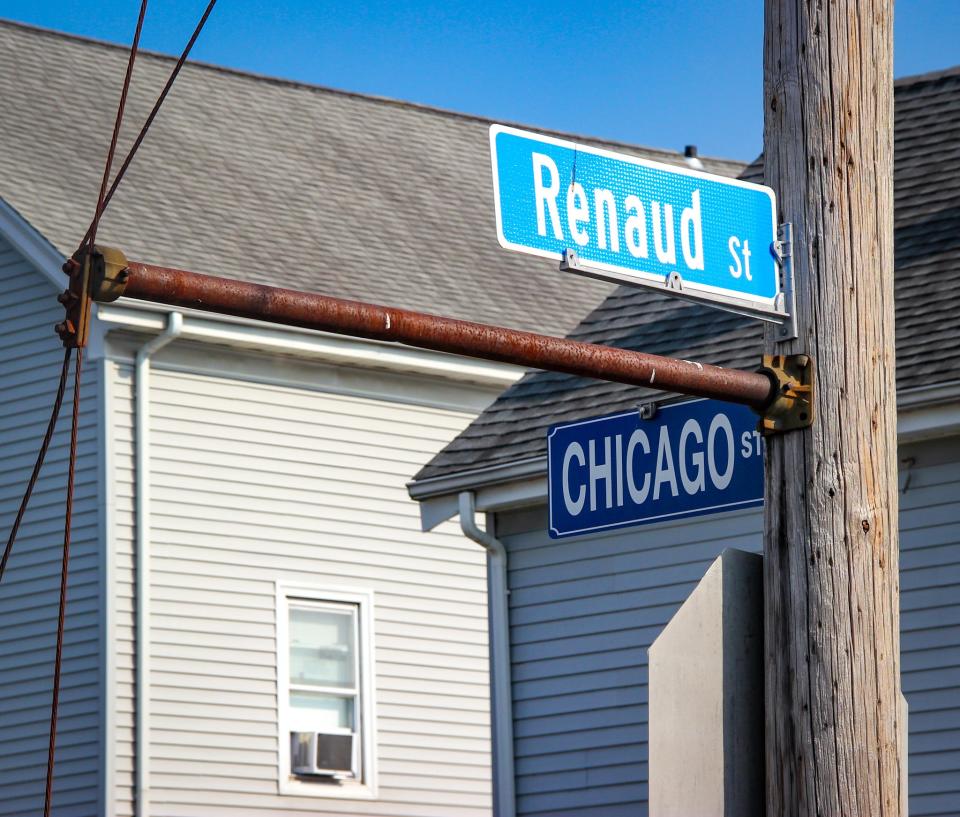
But for the most part, Fall River streets often have the same names as people notable in the city’s history — like Samuel Rodman, Jefferson Borden, Pardon Davol, William Brightman, Oliver Grinnell, and on and on.
Even Adelard Renaud seems to be remembered this way. In 1904, one block west and running parallel to Jefferson, was Paul Street. By 1914, this road running through the neighborhood he helped develop was renamed Renaud Street. It remains to this day.
Dan Medeiros can be reached at dmedeiros@heraldnews.com. Support local journalism by purchasing a digital or print subscription to The Herald News today.
This article originally appeared on The Herald News: Street names: How Midwestern cities fit in a Fall River neighborhood

